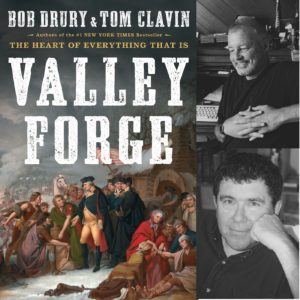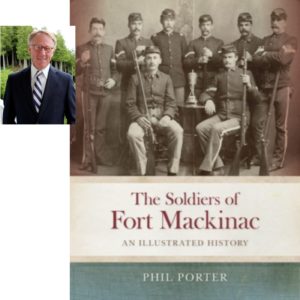Podcast: Play in new window | Download
Subscribe: RSS

Mark Santiago is a historian and director of the New Mexico Farm & Ranch heritage Museum. He’s written articles and books on Spanish history in the Americas and we talk about his new book on the Spanish-Apache War of 1795.
0:52 – Mark talks about how he got into studying history. He’s currently the head of a New Mexico museum.
2:00 – Mark talks about the details of the book. It deals with a period of 30 years when the Spanish were trying to deal with the Apaches. Many historians have called this a period of peace but in 1795 there was a large scale conflict between the Mescalero and the Spanish.
6:53 – Mark talks about the basis for Mescalero resistance to Spain. This includes conflict with other Native American groups.
19:01 – Mark talks about the demographics and population patterns in this area in the late 18th century.
24:59 – Mark talks about the size and make-up of the garrisons in the Presidios. He also discusses their weapons, armor and tactics. There is a lot of similarity to what the US cavalry did a hundred years later.
32:15 – Mark talks about cannons at the Presidios, the effectivness of the Presidios in controlling war parties, and where the troops at the Presidios came from.
42:00 – Mark talks about three Presidios of Indian soldierson the northern frontier.
43:55 – Mark talks about the resources he used for the book.
58:55 – Mark talks about the end of the Spanish Empire.
1:09:20 – Mark can be reached at msantiagobooks@gmail.com to answer questions about his work.
Links of interest
For more “Military History Inside Out” please follow me on Facebook at warscholar, on twitter at Warscholar, on youtube at warscholar1945 and on Instagram @crisalvarezswarscholar
Guests: Mark Santiago
Host: Cris Alvarez
Tags: military, history, military history, conflict,war, interview, non-fiction book, Spanish borderlands, Bourbon reforms, Apaches,New Mexico, French, british, Spanish Empire, Spain, Arizona, Texas, Comanche.Bernardo De Galvez, reservations, presidios, Lepan, Chiracahua, Revolutionary France, light cavalry, heavy cavalry, carbines, dragoons, Carlos III


 Phil Porter is director of Mackinac State Historic Parks and has studied the Mackinac area extensively. We talk about his latest book on the soldiers of Fort Mackinac.
Phil Porter is director of Mackinac State Historic Parks and has studied the Mackinac area extensively. We talk about his latest book on the soldiers of Fort Mackinac.